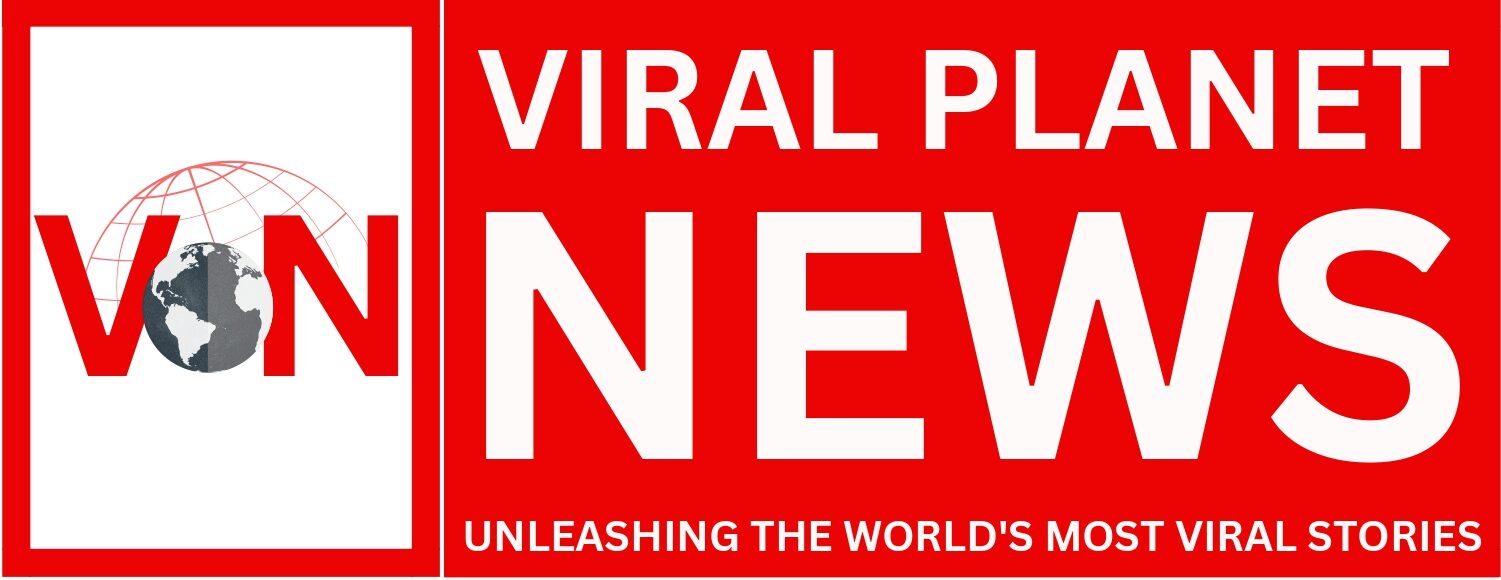By – Prakarsh Kastwar
Ananya Raj Kakoti and Gunwant Sing, international relations scholars at Jawaharlal Nehru University, are the authors of this essay.
With the revelation that six more countries have been asked to join as new members, the recent 15th BRICS Summit marked a significant step in the group’s expansion of its impact and influence. Argentina, Egypt, Ethiopia, Iran, Saudi Arabia, and the United Arab Emirates (UAE) have been invited to join the BRICS as full members on January 1 of the following year. Over 40 countries had shown interest in joining BRICS before to the start of its annual meeting in South Africa this week, with 23 submitting formal applications. These six states were chosen based on the BRICS nations’ agreement on the guiding principles, standards, requirements, and procedures for the expansion process.
Except for their importance within their own regions, finding commonalities among the invited nations is difficult. There is a clear Middle East concentration with the inclusion of Saudi Arabia, Iran, the UAE, and Egypt, with geoeconomic, geostrategic, and geopolitical consequences.
The BRICS group’s prominence as a representative body of the developing world grows with the inclusion of additional members. BRICS currently account for nearly 40% of the global population and more than a quarter of global GDP. With the addition of the new members, this representation will include three major oil-producing countries: Saudi Arabia, the United Arab Emirates, and Iran. The growing interest in BRICS is driven by two key motivations: first, there is a large anti-US attitude prevalent globally, which has led these countries to seek a platform where they may harness this emotion for collective action. Second, there is a strong yearning for multipolarity—a venue through which countries from the Global South can display their unity.
While the BRICS consortium’s economic performance has varied, the war in Ukraine has had significant ramifications. This battle has brought Western nations together while also strengthening China and Russia’s strategic partnership. As a result, the BRICS grouping has matured into an ambitious body capable of challenging the traditional western geopolitical vision. Its trajectory frames it as a counterweight to western-led forums such as the Group of Seven and the World Bank.
The growth process has the potential to cause two fundamental changes inside the BRICS institution. First, it may result in a shift in the internal bargaining framework. The admission of new members brings with it a wide range of variances in economic scale, macroeconomic conditions, and relationships with non-BRICS nations. Because the BRICS is founded on consensus-driven decision-making, reaching consensus across eleven countries with various economies, geographical locations, and interests proves far more difficult than it did among the first five members. To assure the institution’s long-term efficacy and stability, BRICS may choose to focus on easier-to-achieve goals.
Second, the addition of additional members may move the institution’s focus away from its initial geoeconomic foundation, which consisted of five countries with comparable growth paths. Instead, it may evolve into a more geopolitically complicated organization made up of varied economies with distinct characteristics. Russia and China have been the primary proponents of rapid expansion. However, efforts to depict BRICS as a counterbalance to the G7 may cause discomfort in countries such as India and Brazil. These countries are already maintaining a delicate balance in their interactions with Western powers.
While India’s attendance at the recent G7 summit in Hiroshima, where Prime Minister Narendra Modi also participated in an informal Quad summit, was interpreted as an indication of India’s alignment with the US, India’s active participation in BRICS demonstrates that it remains committed to the “non-western” coalition. Since World War II, India and other countries from the Global South have often felt marginalized and neglected as a result of the historical dominance of economic influence inside Western-led institutions. The extended BRICS has the ability to act as a venue for providing a new and fairer perspective on global collaboration and addressing difficulties for India.
As a result, India seeks to strategically position itself as the voice of the Global South and the world’s new growth engine. The expansion of the BRICS from a club of five to eleven nations may result in increasing power for both India and the collective body. This is due to the expanded coalition’s inclusion of a greater proportion of energy-producing countries, as well as the likelihood of coordinated attempts to move trade transactions away from the dollar’s dominance. Furthermore, member countries are likely to use the expansion to argue for reforms inside the UN and other global institutions.
Although China wants the BRICS to take an anti-Western posture, India want to keep the organization as a “non-Western” entity. India sees each of the newly inducted members as a significant relationship to grow. Nonetheless, concerns have developed about the group’s propensity to grow more pro-China, thereby overshadowing India’s influence and concerns.
The collective now accounts for a growing portion of the global population and economy. This only indicates that the organization has the potential to be a strong voice for reform of the mechanisms of global governance and a significant participant in these mechanisms. Whether it develops into such a voice will depend on whether the expanded organization is more successful at reaching agreements than the BRICS have been. India and China must resolve their border conflicts and work together on complicated global issues, such as allocating resources for the growth of developing countries, for BRICS to continue to be effective in the long run. Harmonizing these disparate interests into a single position could prove to be a more difficult task than first thought if India is to truly serve as the voice of the Global South.

